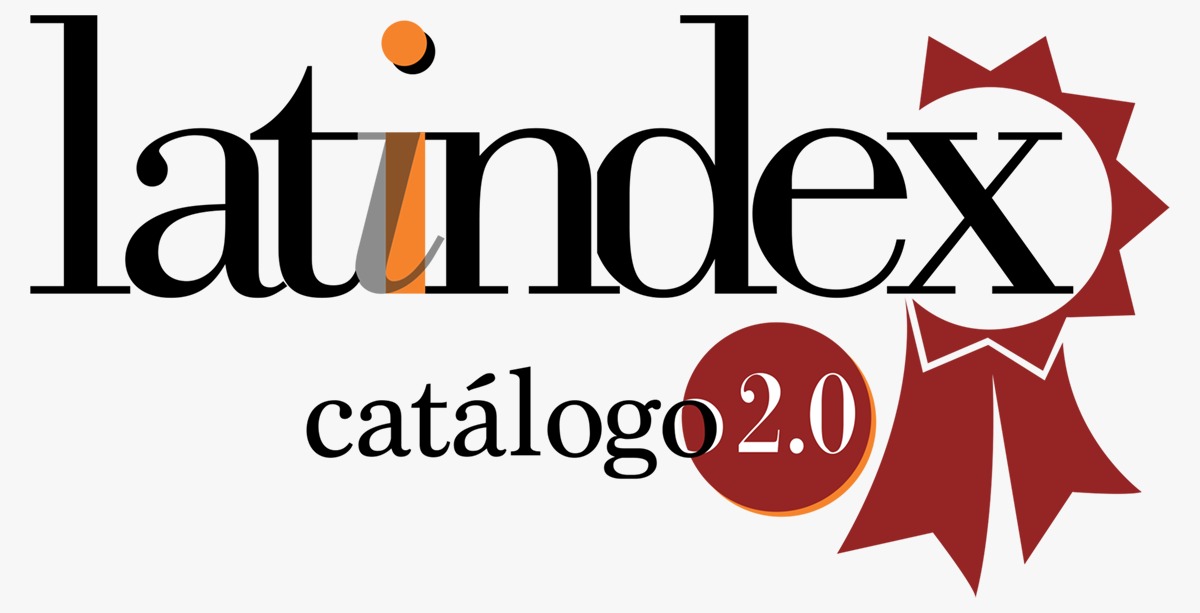Good practices for publishing high impact research on teaching and learning
Keywords:
research, publication, plagiarism, impact, teaching and learningAbstract
Publishing research papers on teaching and learning is increasingly difficult in this information-overloaded era; however, strategic approaches can be employed to disseminate findings within the academic community. The goal is to provide an overview of strategies to this end and to make an impact. This idea arises from three sources of information: my experience as an author and editor, the review of texts for publication, some in fields other than education, and results of an exploratory study of exemplary research manuscripts over two years. I delve into the need for a rigorous and methodologically sound study, as a guarantee of validity and reliability of the results. Threats of plagiarism, techniques for a compelling and engaging narrative, and how to successfully navigate the peer review process and addressing reviewer comments to improve manuscript quality are explored. I emphasize the importance of maximizing the scope and impact of research results, graphing them, as ways to provide illustrated and accessible knowledge. Finally, recommendations and examples are offered that address steps to follow to elaborate a good article, the content of each of its parts, the style of writing, the value and importance of references, to improve the visibility and relevance of the work and to contribute to the advancement of teaching and learning practices, in the light of current thinking.
Downloads
References
Camps, D. (2007). El artículo científico: Desde los inicios de la escritura al IMRYD. Archivos de Medicina, 3(5), 1-9.
Copyleaks (sf). Copyleaks Plagiarism Detector. https://copyleaks.com/plagiarism-detector
De Maio, C., Dixon, K., & Yeo, S. (2019). Academic staff responses to student plagiarism in universities: A literature review from 1990 to 2019. Issues in Educational Research, 29(4), 1131-1142.
Didáctica y Educación. (2022). Plantilla word para manuscritos. https://view.officeapps.live.com/op/view.aspx
Dupli Checker (sf). Plagiarism Checker. https://www.duplichecker.com/
Gamboa Graus, M. E., Peñate del Rio, E. I., y Smith Batson, M. de la C.. (2024). Amenaza del plagio y responsabilidad compartida. Didáctica y Educación 15(2), 380–405. https://revistas.ult.edu.cu/index.php/didascalia/article/view/2014
Geekflare (2023). Las 15 mejores herramientas de verificación de plagio para evitar la copia en 2023. https://geekflare.com/es/best-plagiarism-checking-tools/
Grammarly (sf). Plagiarism Checker. https://searchenginereports.net/plagiarism-checker
Hernández Islas, M. (2016). El plagio académico en la investigación científica. Consideraciones desde la óptica del investigador de alto nivel. Perfiles educativos, 38(153), 120-135.
Murillo, F. J., Martínez-Garrido, C., & Belavi, G. (2017). Sugerencias para Escribir un Buen Artículo Científico en Educación. REICE. Revista Iberoamericana Sobre Calidad, Eficacia Y Cambio En Educación, 15(3). https://doi.org/10.15366/reice2017.15.3.001
PaperRater (sf). https://www.paperrater.com/
Plagiarisma. (sf). Free online plagiarism checker for teachers and students. Turnitin alternative. http://plagiarisma.net/
Quetext (sf). Original Writing, Made Easy With Quetext. https://www.quetext.com/
Real Academia Española (2022). Plagio. https://dle.rae.es/plagio
SmallSEOTools (sf). Plagiarism checker. https://smallseotools.com/plagiarism-checker/
Smith, M.C. (2021). La orientación profesional en el proceso formativo de la disciplina Didáctica de las Lenguas Extranjeras. [Tesis Doctoral Inédita]. Universidad de Las Tunas 2021.
Tous, M. G. y Mattar, S. (2012). Las claves de las palabras clave en los artículos científicos. Revista MVZ Córdoba, 17(2), 2955-2956.
Downloads
Published
How to Cite
Conference Proceedings Volume
Section
License
Copyright (c) 2025 María de la Caridad Smith Batson

This work is licensed under a Creative Commons Attribution 4.0 International License.
Usted es libre de:
- Compartir — copiar y redistribuir el material en cualquier medio o formato
- Adaptar — remezclar, transformar y construir a partir del material para cualquier propósito, incluso comercialmente.
Bajo los siguientes términos:
- Atribución — Usted debe dar crédito de manera adecuada, brindar un enlace a la licencia, e indicar si se han realizado cambios. Puede hacerlo en cualquier forma razonable, pero no de forma tal que sugiera que usted o su uso tienen el apoyo de la licenciante.
- No hay restricciones adicionales — No puede aplicar términos legales ni medidas tecnológicas que restrinjan legalmente a otras a hacer cualquier uso permitido por la licencia.













































